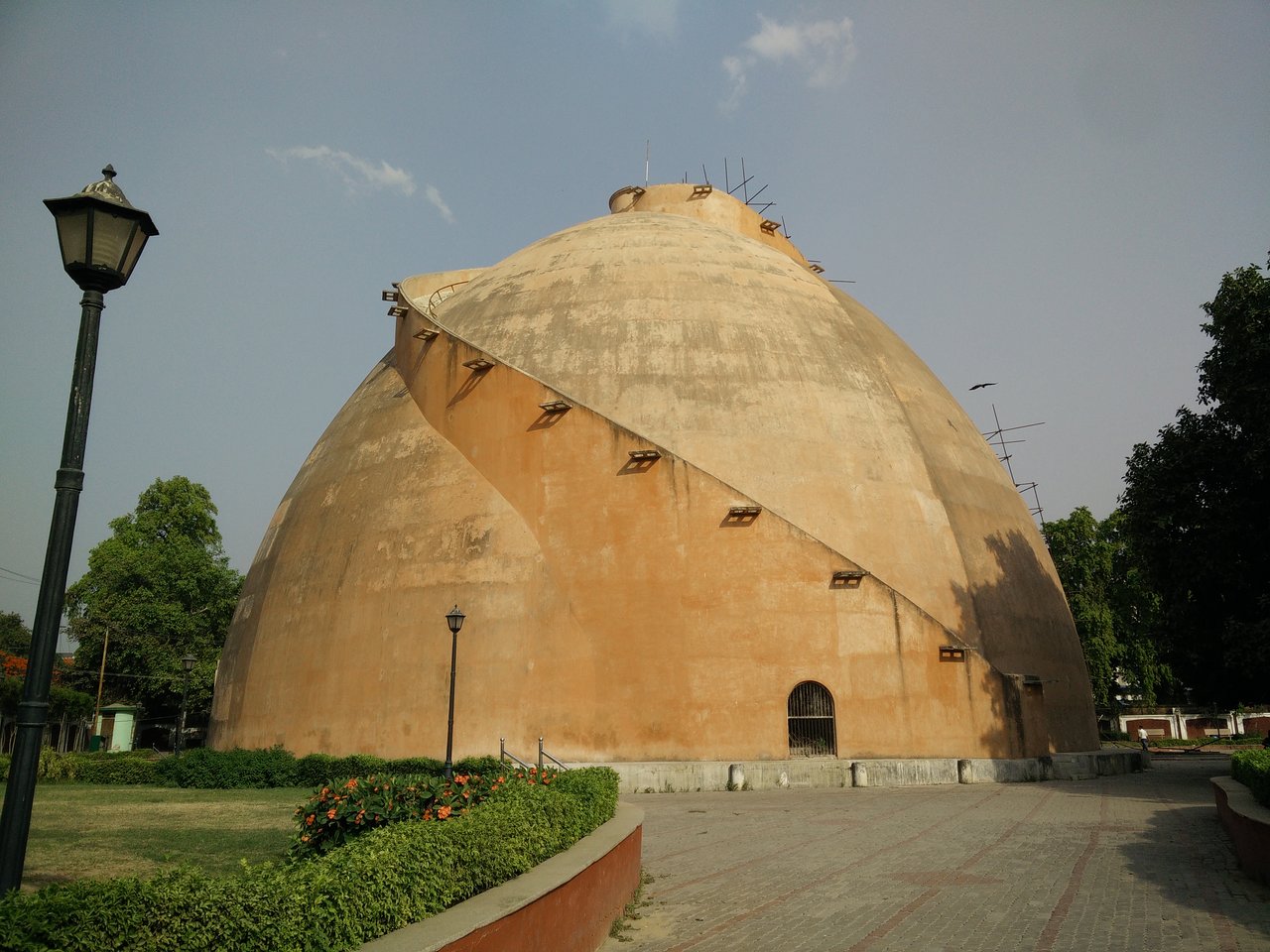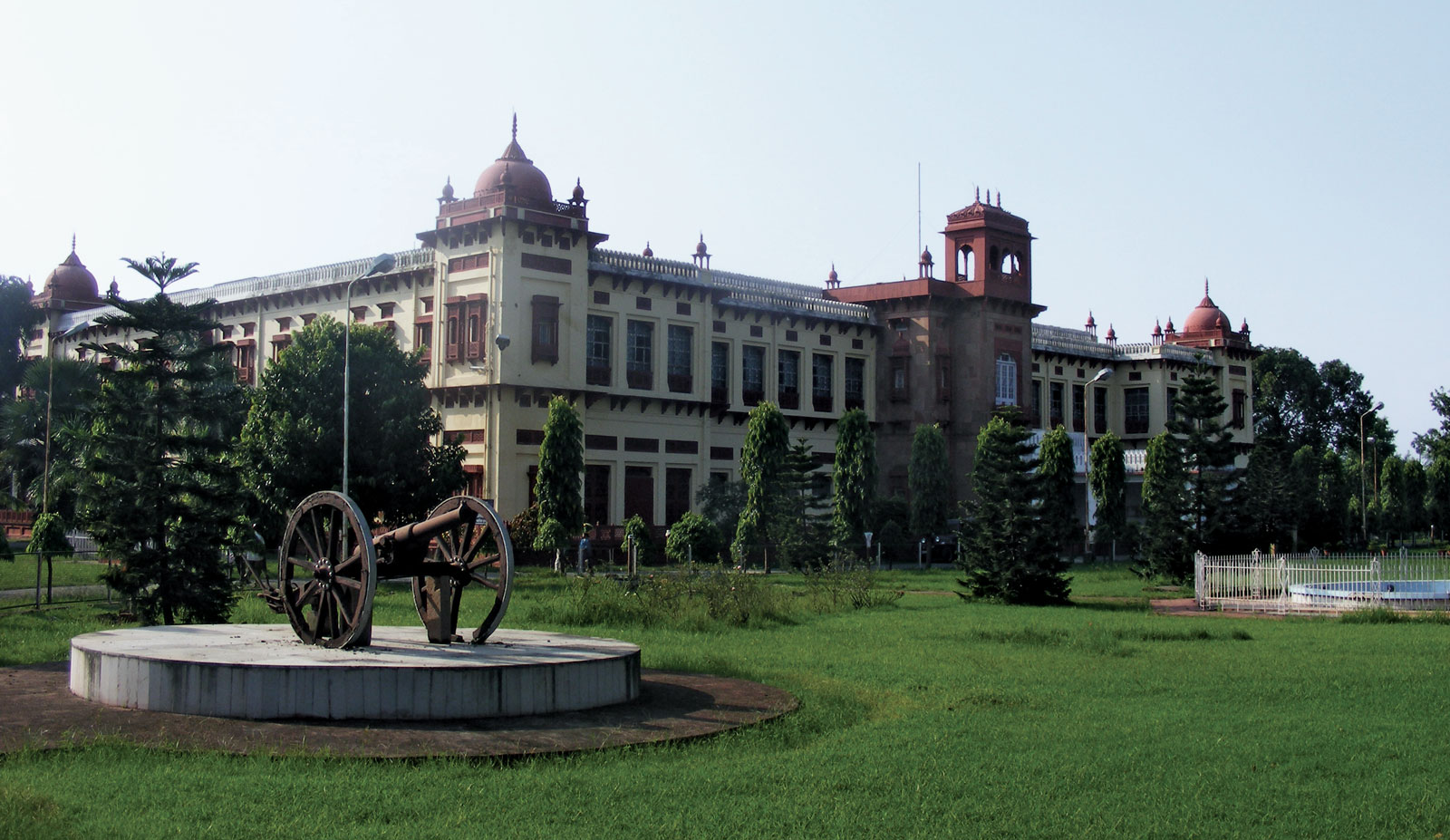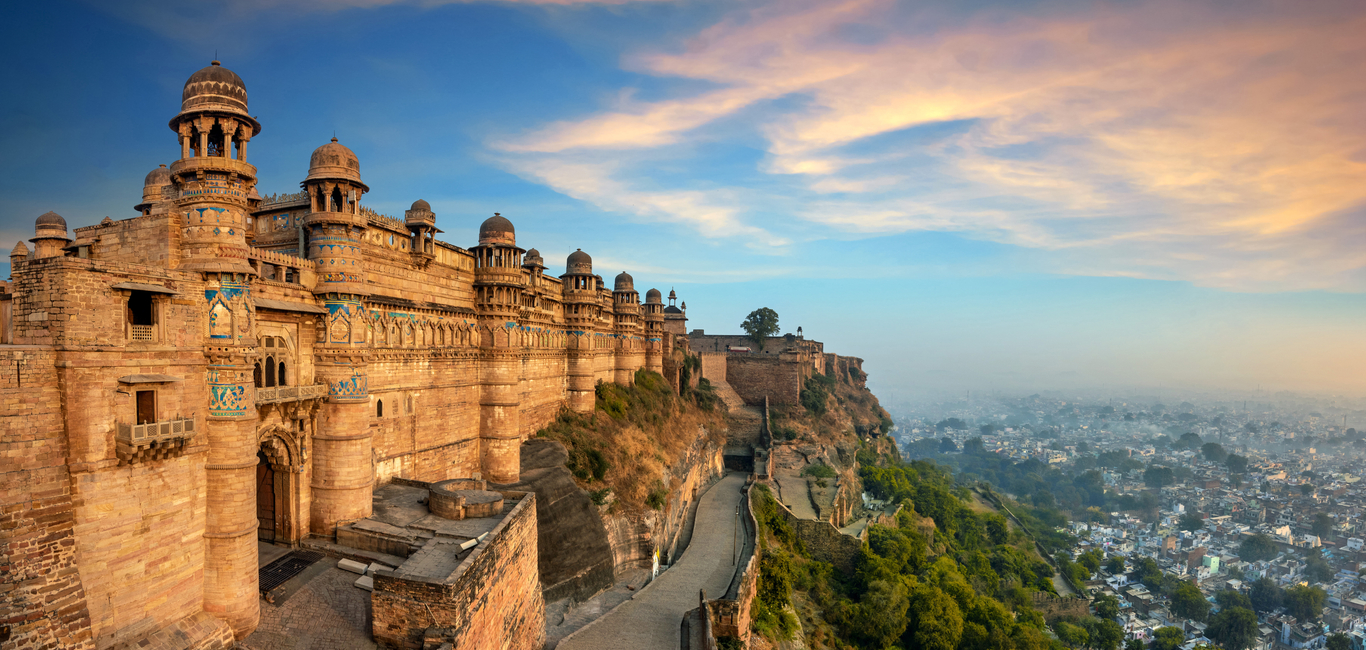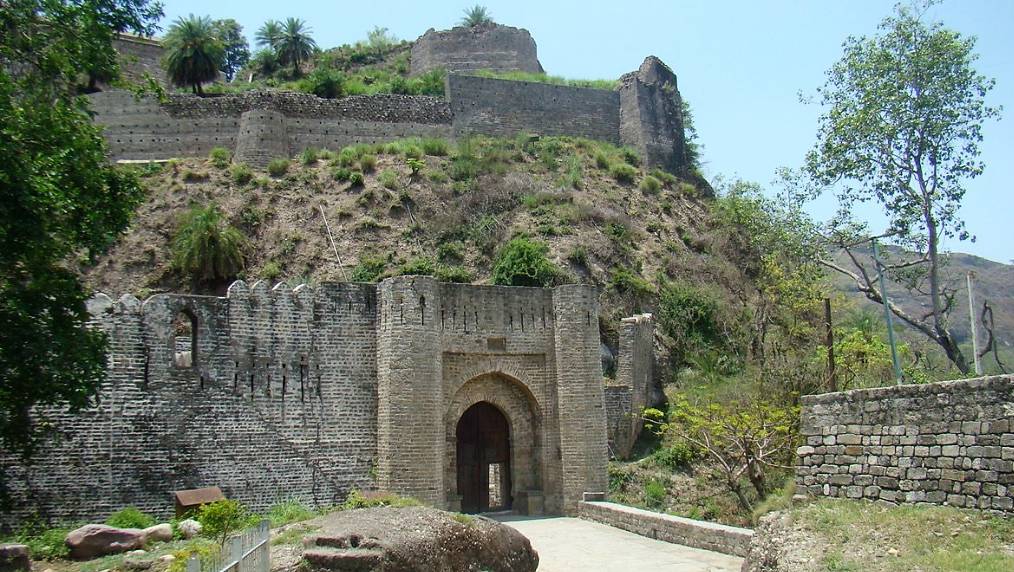The imperial city of Patna sprawling on the banks of the sacred river Ganga is among the world’s oldest capital cities. With a continuous history of| over two millennia. It remained the seat of power for many dynasties and was known by different names like Kusumpura, Pushpapura, Pataliputra, and Azeemabad. Ajatshatru, the Magadha king first built a small fort in Pataligram, on the banks of the Ganga in 6th century BC. Pataliputra, one of the greatest cities of Asia dominated the political fortunes of the whole of north India between the 6th century B.C. and 5th century A.D. The city regained its lost glory in the 16th century, under the Afghan king Sher Shah Suri, who is said to have established the present-day Patna. With the decline of the Mughal power, the region fell into the hands of the British, who made Patna a regional capital and built a modern extension to this ancient city known as Bankipore.
Today, Patna is a fine blend of ancient traditions and modernity and is an important business center in eastern India. It is also the gateway to the Buddhist and Jain pilgrim centers of Bodhgaya, Nalanda, Vaishali, Rajgir, and Pawapuri.
 Golghar: This huge beehive-shaped granary is the “icon’ of Patna and was built in 1786, by captain John Garstin for the British army after the famine of 1770. The massive structure is 125 meters wide at the base and gradually tapers up to a height of 29 meters. Its walls are 3.6 m wide at the base and have two external stairways that spiral upwards around the monument. The top of the dome affords a fine view of the city and the river Ganga flowing nearby.
Golghar: This huge beehive-shaped granary is the “icon’ of Patna and was built in 1786, by captain John Garstin for the British army after the famine of 1770. The massive structure is 125 meters wide at the base and gradually tapers up to a height of 29 meters. Its walls are 3.6 m wide at the base and have two external stairways that spiral upwards around the monument. The top of the dome affords a fine view of the city and the river Ganga flowing nearby.
Martyr’s Memorial: It commemorates the seven freedom fighters, who sacrificed their lives during the Quit India Movement of August 1942.
Har Mandir Takht: The sacred Sikh shrine (gurudwara) is regarded as one of the five Akal Takhts’ of Sikhism. Guru Gobind Singh, the tenth Guru of the Sikhs, was born here in 1660. The original structure was built by Maharaja Ranjit Singh of Punjab.
Patna Museum: It exhibits splendid metal and stone sculptures dating back to the Maurya and Gupta periods as well as 4 archaeological finds recovered from Nalanda.
Pathar ki Masjid: The beautiful mosque near Har Mandir Takht was built by Parwez Shah, the son of Mughal emperor Jehangir
Khuda Baksh Oriental Library: This magnificent library was established in 1900 and is one of the national libraries in India. It has an excellent one-man collection of rare Arabic and Persian manuscripts, Rajput and Mughal paintings. 25mm wide Koran and books from the Moorish University of Cordoba Spain.
Jalan Museum, Qila House: It was built on the foundations of Sher Shah Suri’s fort and houses an impressive private collection of antiques.
Sher Shah Suri Masjid: It was built in 1545. by Sher Shah Suri in the Afghan architectural style.
Sadaqat Ashram: It is the headquarters of Bihar Vidyapeeth, a national university. Dr. Rajendra Prasad, the first President of India. resided here after his retirement. A small museum here exhibits some of his personal belongings.
Agam Kuan or the Unfathomable well: This important archaeological relic is believed to be associated with Mauryan emperor Ashoka, the great.
Gandhi Setu: The 7.5 kms. long bridge over the river Ganga is one of the longest roadway bridges in the world.
Sanjay Gandhi Biological Park: It was established in 1969 and is now one of the 16 largest zoos in the country, housing more than 70 species of animals.
Modern Planetarium: This excellent planetarium at Indira Gandhi Science Complex, is one of the most important attractions of Patna.
Kumhrar (5 kms.): The archaeological site has relics of Patliputra, the glorious capital of Ajatasatru, Chandragupta, and Ashoka. Excavations have revealed the rich historical legacy of Patna, dating between 600 BC to 600 AD. Other worth visiting sites are – Bihar Institute of Handicrafts & Designs, Birla Mandir, Mahaveer Mandir, Nawab Shahid – ka – Magbara, Pachim Darwaza, etc.
 Around Patna
Around Patna
Ara (55 kms.)
This home of ancient Jain temples is also known as the Jain City.
Maner (30 kms.)
The beautiful site is well known for the dargah of the 13th-century Sufi saint Hazrat Makhdoom Yahiya Maneri. The tomb of his disciple is located nearby. A large number of devotees visit the shrine during the annual Urs celebrations.



